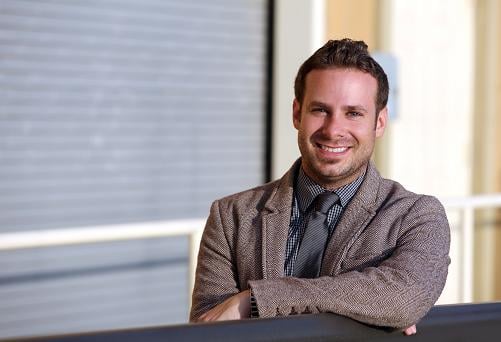Published on
A National Graduation Goal Does Not Lead to Low Quality

- Low-quality degrees;
- Degrees in the wrong areas (such as general studies);
- Accelerated or shortcut degree options that do not stand the test of time.
In fact, some would rather not open the doors to higher education learning innovations, competencies or anything that sounds remotely like job preparation. The “quantity vs. quality” debate is one that comes perilously close to a duality of thinking that has limited the growth of American colleges and universities for the past century. If faculty truly holds the key to quality, then why are we so afraid that improving access and success for any American who seeks postsecondary education will somehow reduce degrees to meaningless pieces of paper?
It simply does not make sense.
Producing a more educated citizenry, in any aspect, will help all Americans to understand that the duality of thinking that is an epidemic in today’s sound bites is dangerous. There are few things worse than trying to exchange perspectives with a person who knows her/his position so well that they refuse to hear the facts or debate the nuances of the issue. Everything is either good or bad, liberal or conservative, right or wrong.
If my apparently generic degree is from an unknown college, does that mean I didn’t receive a high-quality education? Academic snobs might think so, but the true quality of my education has more to do with the dedicated professors who made sure I could analyze and synthesize ideas and taught me that there is always so much more to learn.
Jamie Merisotis, president and CEO of the Lumina Foundation, put it best when he said, “Providing a high-quality college education is not a nice thing to do for people, it’s required for social mobility and economic prosperity — for our collective well-being.” [1]
The Lumina Foundation set a target of achieving a national postsecondary credential attainment rate of 60 percent by 2025. The federal government has set the more ambitious target of 60 percent degree attainment by 2020. Moving toward these targets forces new conversations, innovations, mistakes and, most importantly, change. We are not going to attain the goal by doing everything the way it has always been done.
There are a few strategies we can put into place to achieve this, but a few challenges that we will encounter on the way.
1. Becoming Student-Centric
Pro: Ensure every student has access to what he or she needs to learn and, beyond that, progress toward a credential or degree (respective of seat time/credit hours).
Con: Many students, especially first-generation, low income and underserved students do not receive adequate preparation from K-12 schooling. Where are their resources?
2. Creating Career Pathways
Pro: Opens pipelines to jobs, considers stackable credentials.
Con: Too narrow in its approach, serving business and industry more than society
3. MOOCs and Technical Innovations (such as artificial intelligence, adapting testing, etc.)
Pro: Brings free and high-quality content to hundreds of thousands of individuals who have never had access before.
Con: Reduces faculty impact on the classroom. .
4. Competencies and Prior Learning Assessment
Pro: Ensures students can demonstrate their learning in meaningful ways.
Con: Reduces education to mere transactions; it is not equivalent to the full college experience.
5. Improving Retention
Pro: Moves the focus from recruiting — particularly diverse and low-income students — to retaining them.
Con: May lead to grade inflation, although faculty members hold the key to ensuring this doesn’t happen.
6. Performance-Based Funding and Report Cards
Pro: Moves the emphasis from full-time equivalent snapshots to funding based on students attaining progress milestones, achieving state goals and graduating.
Con: Changing the model is counter-productive and will reduce course availability and access, particularly after decades of reduced funding for higher education.
Making progress toward increasing the number of Americans with college degrees and postsecondary credentials should be embraced by all of us who profess to care about our world, our institutions and our students. This goal has already spurred progress, innovations, new policy discussions and improvements in student success rates. We will make mistakes, but we are making mistakes today even with tried and true practices developed over the past century. Mistakes lead to learning and to changed behaviors, attitudes and perspectives – and isn’t that what postsecondary education is about?
– – – –
References
[1] Jamie Merisotis, “A Spirit of Innovation, a Time of Change,” Opening Keynote at CAEL International Conference, November 6, 2013. Accessed at http://www.luminafoundation.org/about_us/president/speeches/2013-11-06.html
Author Perspective: Association



